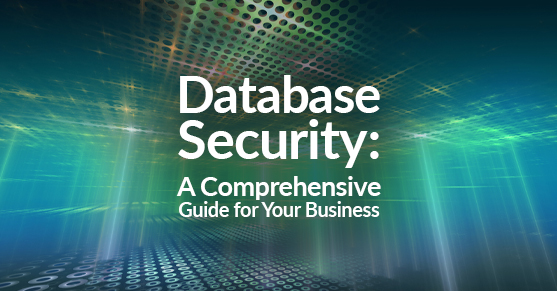In today’s digital age, businesses rely heavily on databases to store and manage sensitive information. From customer data to financial records, databases contain valuable information that is critical to the success of a business. However, with the increasing number of cyber attacks, businesses must prioritize database security to protect their data and maintain the trust of their customers. In this blog, we will cover everything you need to know about database security.
Types of Security Threats and Vulnerabilities
There are several types of security threats and vulnerabilities that can affect databases, including:
Malware: Malware refers to malicious software that can be used to gain unauthorized access to a database or steal sensitive information.
SQL Injection: SQL injection is a common attack that targets the code of a database and can allow an attacker to bypass authentication and access sensitive information.
Social Engineering: Social engineering refers to the practice of manipulating individuals into divulging sensitive information, such as login credentials or other confidential data.
Insider Threats: Insider threats refer to the potential for employees or contractors to intentionally or unintentionally misuse or leak sensitive information.
Preventive Measures
To prevent these security threats and vulnerabilities, your business can take several preventive measures, including:
Firewalls: Firewalls are network security devices that can monitor and control incoming and outgoing traffic to a database, preventing unauthorized access.
Access Controls: Access controls limit who has access to specific data within a database, reducing the risk of unauthorized access and data breaches.
Encryption: Encryption can be used to secure data within a database, making it unreadable to anyone without the proper decryption key.
Authentication Protocols: Authentication protocols, such as multi-factor authentication, can help verify the identity of users accessing a database, reducing the risk of unauthorized access.
Best Practices for Securing Data
In addition to these preventive measures, your business should also follow these best practices for securing your data:
Backup and Restore Planning: Regular backups of a database are essential in the event of a security breach or other disaster. Having a solid backup and restore plan in place can help minimize data loss and downtime.
Disaster Recovery Plans: Disaster recovery plans should be in place to help businesses recover from natural disasters, cyber-attacks, or other unexpected events that could impact database operations.
External Options: Cloud-based backups, managed database services, and other external options can provide additional layers of security and redundancy, helping to protect against data loss and breach.
Real-World Examples
Several high-profile data breaches over the years could have been prevented with proper database security measures in place. For example, the Equifax data breach in 2017 exposed the sensitive information of millions of customers due to a failure to patch a known vulnerability in their system. The Capital One data breach in 2019 was caused by a misconfigured firewall, allowing a hacker to access sensitive customer data. These examples highlight the importance of prioritizing database security and taking necessary preventive measures.
Conclusion
In conclusion, your business must prioritize database security to protect its sensitive information and maintain the trust of its customers. By implementing preventive measures such as firewalls, access controls, encryption, and authentication protocols and following best practices for securing data, businesses can reduce their risk of data breaches and other security threats. By staying vigilant and proactive, your business can successfully navigate the challenges of database security in today’s digital age.
For any questions, please contact us.

